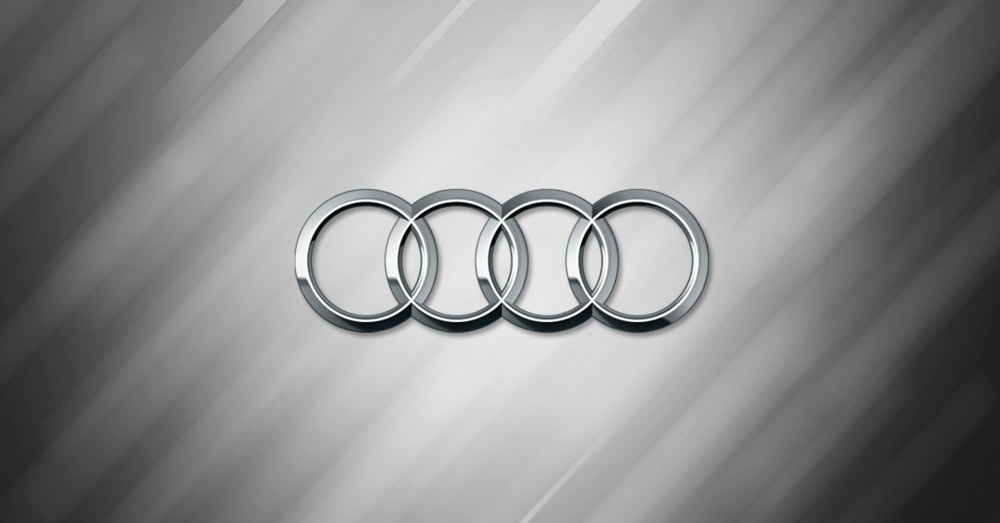Emissions
By now we are intimately familiar with the road Volkswagen has gone down over the past year which has them at the center of an emissions cheating scandal in their diesel powered vehicles. While we know the numbers with 685,000 vehicles affected, of which 600,000 were of the 2.0-liter variety and the remainder the 3.0-liter engines. We also know Volkswagen already has to pay at least $15 billion to settle this case and all TDI owners will be able to either have their vehicle repaired or bought back. What we don’t know is the origin of the device used and just how long it has been in use.
Looking back over the documentation and learning more about the defeat device that was used brings us all the way back to 1999, seven years before Volkswagen ever attempted to include this device in their vehicles. At this point Audi was working to find a way to reduce the harsh noise a diesel engine has when idling. If you’ve ever sat at a stop light with the windows open of a diesel powered truck you know exactly the noise I’m referring to and it just wasn’t going to be acceptable in the Audi luxury vehicles.
In order to reduce the noise during idle Audi developed an item called Pilot Injection which added more fuel to the engine and caused the engine to be much quieter. Now that Audi had a quieter engine when idling a new problem emerged. This injection of fuel caused the vehicle to have increase emissions during this time, which wasn’t acceptable. In order to combat this problem a device was developed to deceive the vehicle and only engage the emissions control system when the vehicle was being tested. While this device was called an Acoustic Function, it was always created to defeat emissions testing.
The problem Volkswagen ran into was the need to have lower emissions on their diesel powered vehicles, especially for the US market. The tried a few other technologies such as a selective catalytic reduction system which would use liquid urea to reduce the emissions. This failed because they would need a urea tank and would have had to purchase the license for the technology from Mercedes-Benz, which certainly wouldn’t do for them to reach out to a competitor for what they needed to be able to reduce the emissions of their vehicles.
Another possible solution was to use a Lean Trap solution which would trap the emissions in a catalytic converter and run the engine in a fuel rich mode occasionally to break down the emissions and allow it to expel at appropriate levels. The problem with this system was the Soot Filters would prematurely fail because of the excessive buildup from this system. This left Volkswagen with one choice and that was to use the system that had been in place on the Audi 3.0-liter engine for the previous seven years that was meant to defeat the emissions control testing.
And as they say, the rest is history. We now have stricter emissions testing and Volkswagen has taken it on the chin in a big way all because Audi developed an item that would defeat emissions testing because they wanted their 3.0-liter V6 diesel engines to be quieter at idle than any other diesel had been before it. Damn those pesky emissions tests.
This post may contain affiliate links. Meaning a commission is given should you decide to make a purchase through these links, at no cost to you. All products shown are researched and tested to give an accurate review for you.
